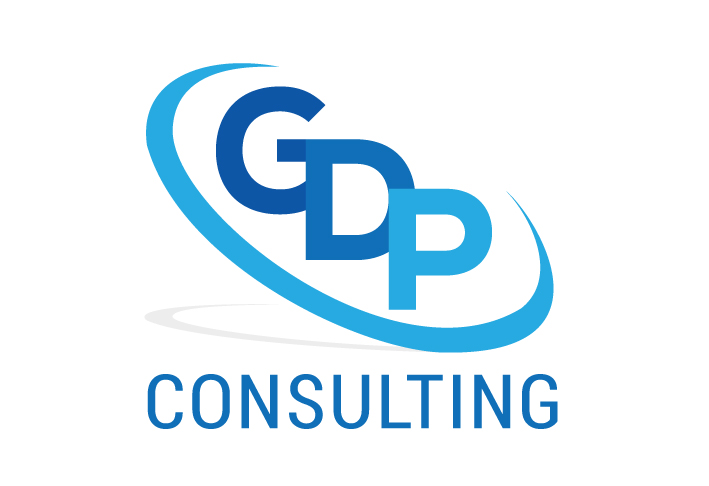Introduction
Today we read about conscious board culture. Well you may be asking what is it exactly. According to Jeff Klein it is
Conscious Awareness is “a process of recognizing what is going on inside and out, the effects of decisions and actions, and the interaction between a complex array of factors and forces.” … Conscious Culture is one that fosters individual and collective reflection, and explicit articulation of what we see or wonder as we reflect, which fosters ongoing learning, growth and development for the people constituting the organization and for the organization as an organism or ecosystem.
A Conscious Culture fosters and benefits from Conscious Awareness.
According to the Conscious Governance group it is
A Conscious Board is one where individuals on the Board have chosen to be aware and conscious, where they truly understand the role of the Board and their role as Board members, where they are continually looking at what else is possible in skills and knowledge, personal awareness and conscious leadership, and where they embrace self evaluation and Board performance evaluation.
These statements would have one to think that this is something new. However, I would contend that it is the old retooled to look new. My arguments is outlined below.
At Least One Current Governance Model Requires Consciousness
I make this argument because, after six years of research with governance boards, the Decision Making Model of Governance was born. This model contains four components which are:
1. It is critical to understand and ACCEPT the difference between governance and management prior to commencing board work.
This means that each board member will not
- refrain from rubber-stamping decisions of the CEO,
- interfer in the management of the organization,
- tell the CEO how to do her job,
- answer CEO correspondence, and
- ask the CEO to keep the board informed of everything that is happening within the organization.
Just as a board member is willing to refrain from certain tasks, that board member is willing to accept relevant responsibilities. This means accepting the responsibility:
- outlined in the official mandate;
- to delineate the lines of business and their parameters;
- to write, implement and monitor governance policies;
- to achieve the outcomes desired;
- related to fiscal oversight;
- to develop a governance plan, and monitor and report to the owners;
- related to risks;
- related to representation;
- to demonstrate that the board is accountable; and
10. to make decisions at the governance level.
2. It is important to CREATE the desired future.
There will be times when it may be necessary to make changes, and there may be times when it may be critical to maintain the status quo. The key is that the board is willing to engage “with” all stakeholders to create healthy organizations. The board does not focus solely on policy development and implementation. It focuses on the future and honors the history, culture and values of the stakeholders, board members and the organization. This means the board may make decisions based on the “general will” or they may make decisions based on the needs of persons who have been marginalized by the system.
3. As the board engages with the stakeholders, it is cognizant of the need to NEGOTIATE settlements with the moral and legal owners.
It is insufficient for board members to operate within a boardroom in isolation from the moral and the legal owner(s). As decision makers, the board members’ first major challenge is to arrive at a common interpretation of the board’s mandate. This will require negotiations between the board members and legal owner. When a settlement is reached, the board is ready to complete an internal and an external environmental scan in partnership with all its stakeholders. These scans assist the board to glean information about the health of the entity and the future directions desired by the owners.
4. At critical times, it is essential for the board to engage in the fourth component which is to EVALUATE the effectiveness of the organization in achieving the outcomes desired.
Two types of evaluations are necessary.
The first type is the evaluation of the contribution of persons who have roles which influence whether the negotiated settlements are truly honored. These include evaluation of:
- the board as a whole, because it is the board which steers the organization;
- each board member, because each person contributes to the overall ability of the board to stay on course; and
- the CEO who reports to the board, because she influences the work of the staff and the culture of the organization.
The second type of evaluation is designed to report on what was achieved in relation to what was expected. It focuses on measuring progress toward the stated outcomes. Evaluation is a normal part of the planning, implementation, and monitoring and reporting cycle, and is undertaken after consideration is given to how strengths will be supported and needs met.
Each of the four components is essential. Even though the components are described separately, they are inextricably linked. As a result, it is critical for a board to demonstrate strengths in each area.
Final Comment
There is nothing new about Conscious Governance. It is saying what governance specialists have been saying for years. The governance structure is essential. Therefore, it is vital for boards to analyze what they are doing and refrain from throwing out practices which are truly mindful, sensible, and responsive to its mandate and those it represents.

